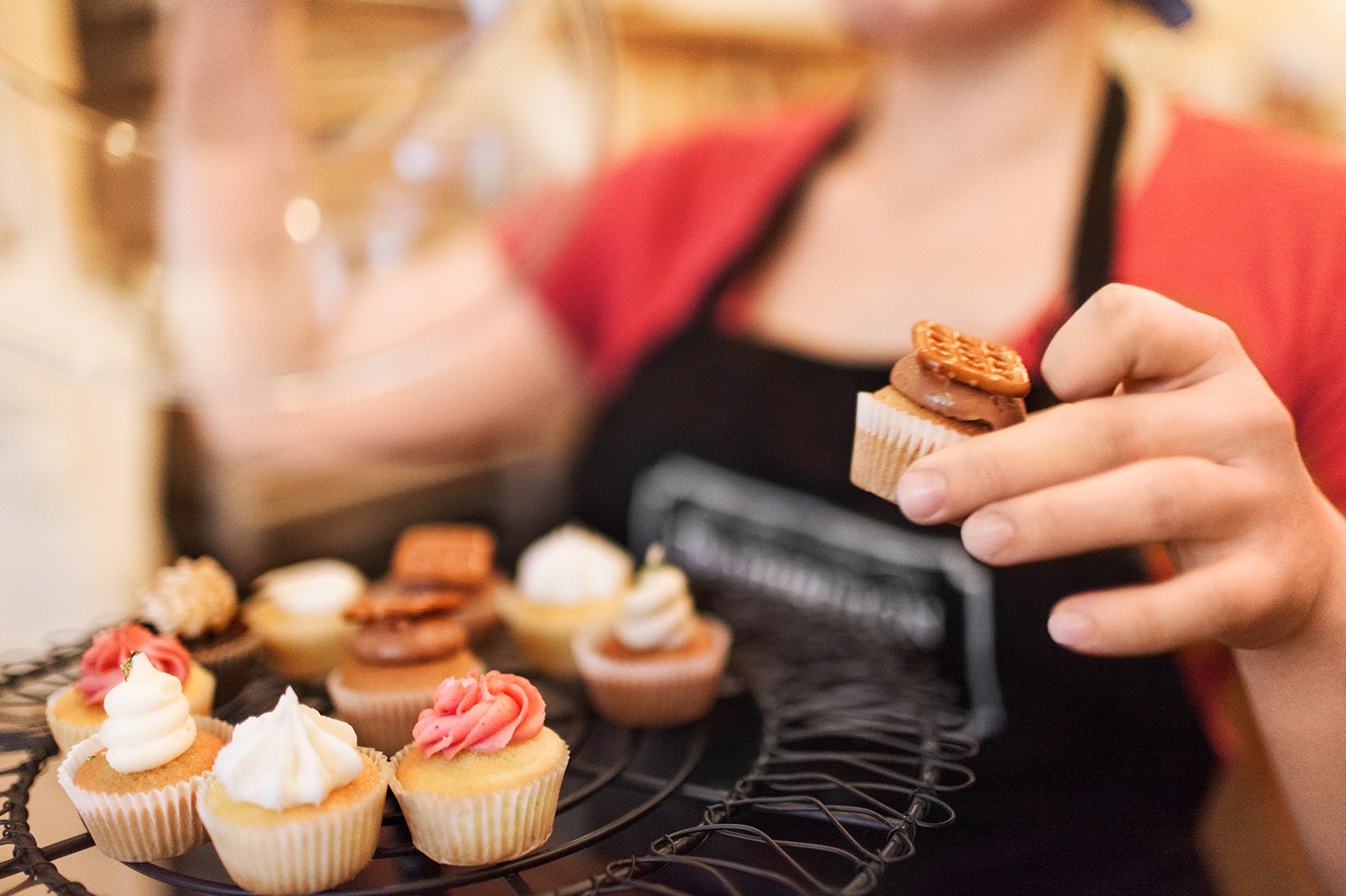What is guerrilla marketing?
Coined by marketer Jay Conrad Levinson in his 1984 book Guerrilla Advertising, the term is inspired by guerrilla warfare, a fighting tactic that involves an element of surprise such as an ambush or raid. Guerrilla marketing uses a high-energy, imaginative approach and often includes shock tactics to strike a chord with consumers to create maximum impact for minimum cost.

Common features of guerrilla marketing
Guerrilla marketing strategies are all (relatively) cheap, creative and bold, and they all involve thinking outside the box. The goal is to stop people in their tracks and get them to do a double-take, either through shock factor or by taking an unconventional or unique approach. These campaigns are also highly accessible, but they can create a lot of social buzz or increased foot traffic.
Guerrilla marketing strategies for small businesses
If you want to create a guerrilla marketing strategy, follow these simple steps. First, you need to identify the aim of your campaign. Do you want to increase your social media engagement, gain brand awareness by getting your name in the press, or grow your foot traffic?
Location is key. The best campaigns involve using, and disrupting, the local environment. Be imaginative with your signage and create something that people are likely to share on social media. For example you could commission a local chalk artist to decorate the sidewalk outside your coffee shop, or hang up an empty photo frame in your clothes store to encourage people to take selfies and share them with a hashtag on Instagram. Find legal ways to “graffiti” your neighbourhood — from power washing a sentence onto a dirty sidewalk to projecting an image onto your outside wall to attract attention. Check with your local authorities, and your landlord, before embarking on activities in public spaces. The point is to reach potential customers, not the police.
Posters can also offer a way to get the word out about your business in a quirky or cheeky way. Just make sure the design reflects your business. For example, if you’re a dog walker, you might try adding your number to little dog ears or tails that passersby can tear off. Stickers are another inexpensive, old-school way to spread the word; leave a pile of them in your local cafe and then keep an eye out for them on people’s laptops. You could partner with a local emerging artist to get a cool and covetable design and then strategically place your logo around the city in places where your potential customers may be hanging out.
Take things to the next level using virtual reality and other new technology in your guerrilla tactics. While VR footage might be beyond your budget, the 360-degree video function on Facebook can help you produce a mini VR tour of your pop-up store.
People love free stuff, so giving away samples (or gifts) is another great way to attract attention. Think about how you can collaborate with similiar businesses or take advantage of a new craze. Maybe you own a new juice company and you want to set up a pop-up in a yoga studio. You’ve seen “beer yoga” classes offered so, if licences allow, you could offer free sample-size “gin and juice” cocktails as a cheeky twist on the healthy juice craze. A local craft distillery could provide the gin to create even more partnership opportunities. The juxtaposition of your juice, the studio and the cocktails could capture your customers’ imagination and get you some solid social media hits. Double-down on the event and purchase a customized Snapchat geofilter to encourage sharing.
Pop-up events and shops offer a popular way to use guerrilla marketing to make a big impact without committing to a permanent brick-and-mortar store. Pop-ups can take place in existing stores or unusual spaces like shipping containers, art galleries or converted warehouses. Vancouver-based venue business This Open Space began as a rental space in Chinatown and has expanded into a service that helps businesses find available pop-up spaces across Canada and in several U.S. cities. Once you’ve found a location — whether it’s for a coffee shop in an old library or a clothing sale in a converted chapel — you can start to think about how you will make sales. Square Reader can be plugged into your phone to create a point-of-sale system you can use from anywhere; it’s free to set up and a great addition to all the most creative pop-ups.
